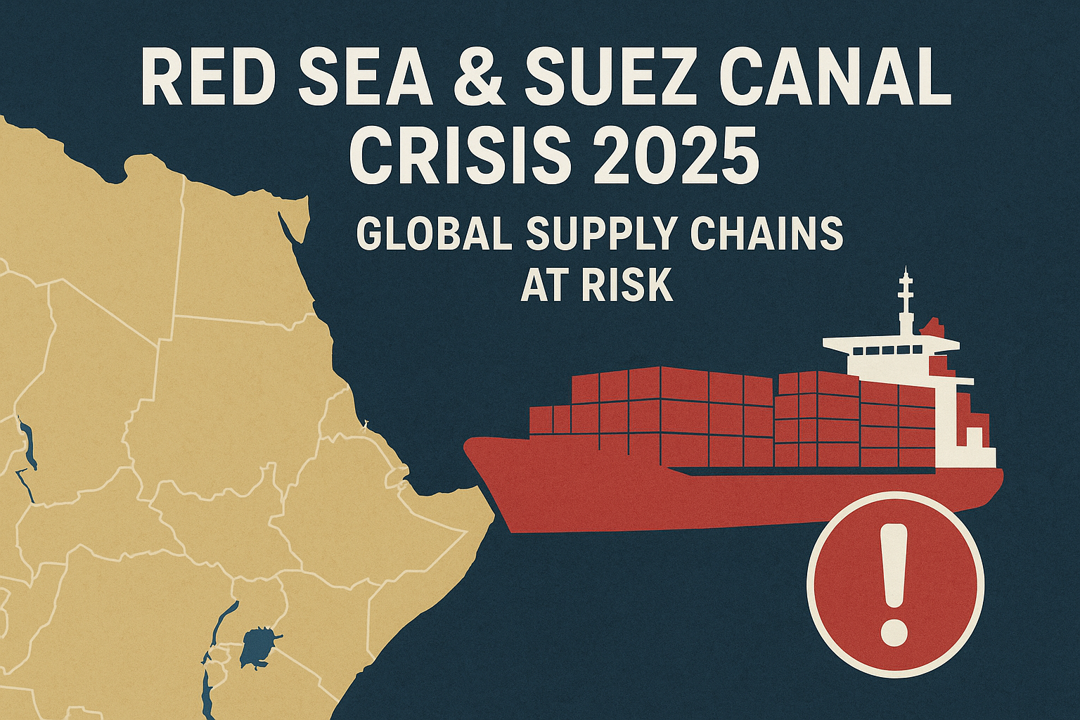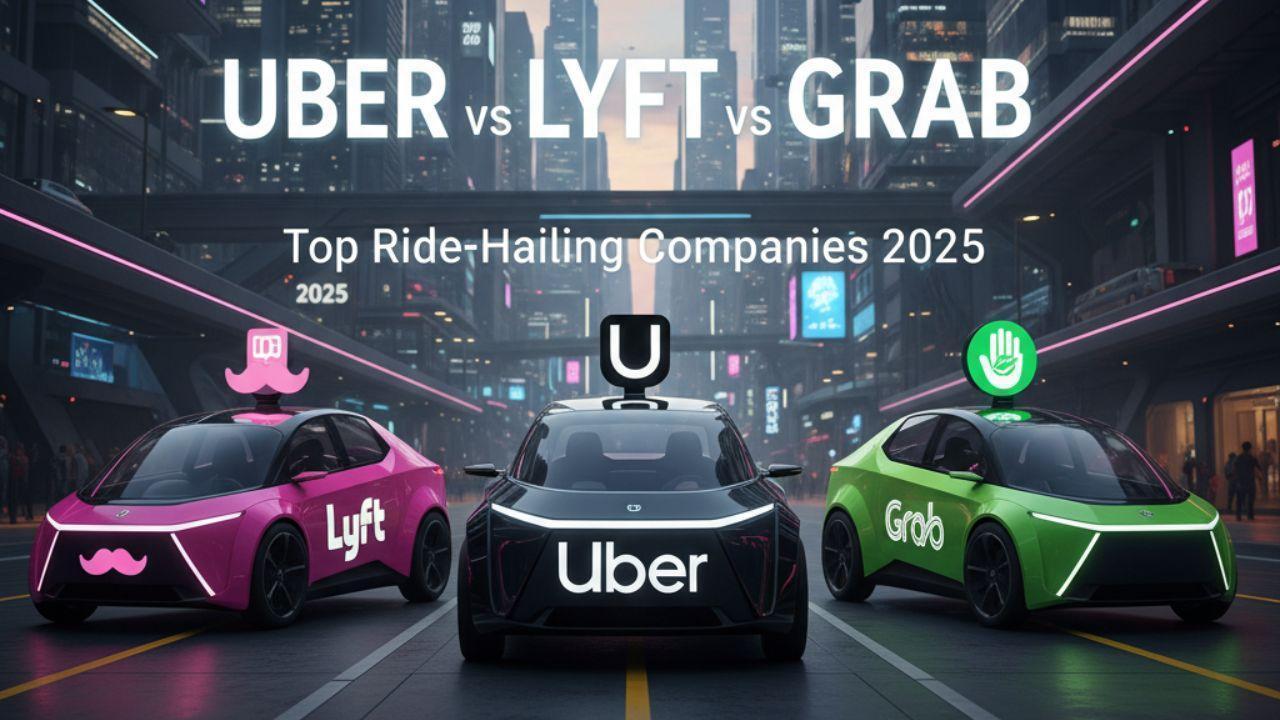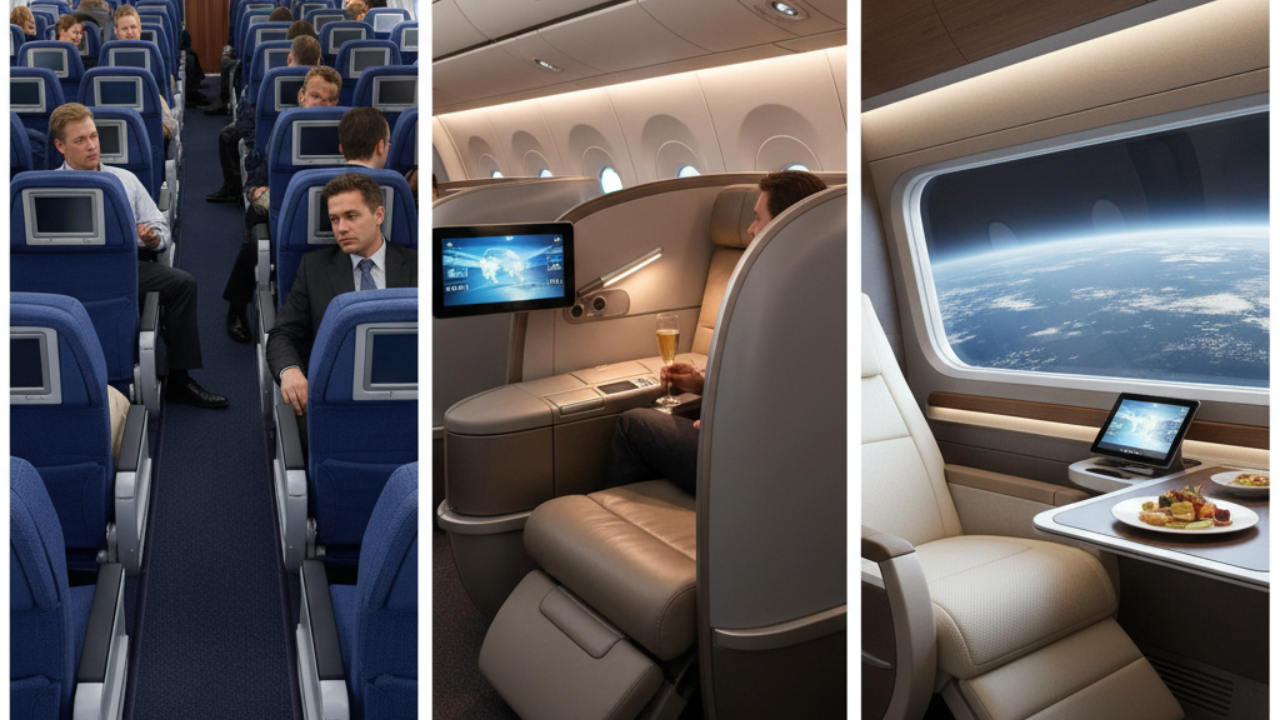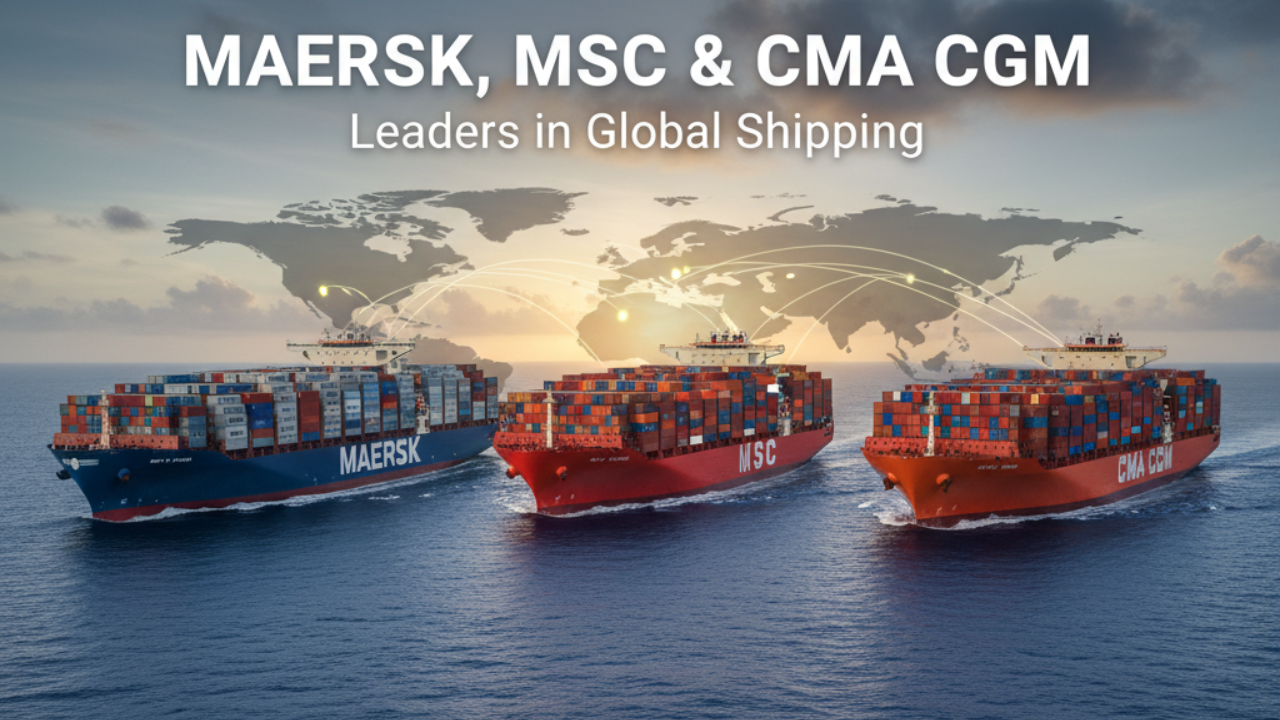
Post by : Armust Desk
A white 2025 Ford Expedition SUV with bronze trim rolled off the assembly line at Ford’s Kentucky Truck Plant. American workers assembled the SUV from start to finish, yet it’s far from fully “Made in the USA.”
Even though it was built in the U.S., most of its main parts—about 58% according to the window sticker—come from other countries. Around 22% of the parts are from Mexico. This includes the Ford-engineered 3.5-liter twin-turbocharged V-6 Ecoboost engine, which is the heart of the vehicle.
This SUV shows just how global the automotive supply chain has become. Even cars from iconic American companies like Ford depend heavily on foreign parts.
U.S. Factories and the Push for Local Production
Ford’s Kentucky assembly plant employs more than 9,000 people and produces the Expedition, F-Series pickups, and Lincoln Navigator SUVs. These large facilities are exactly what President Donald Trump wanted to encourage, using tariffs to push automakers to build more in the U.S.
After a 25% tariff was imposed on imported vehicles and many auto parts, car makers rushed to promote U.S. investments and to localize supply chains. While producing every part in the U.S. would create jobs and boost the economy, experts say it’s not realistically possible today.
“Some parts that have been offshored are still cheaper to make abroad, even with tariffs,” said Martin French, a longtime auto supply executive.
Why 100% American Cars Are Almost Impossible
Making a car entirely in the U.S. would require raw materials, processing plants, and production facilities that don’t exist here at the scale needed. Materials like steel, aluminum, semiconductors, platinum, and palladium are often imported because U.S. facilities can’t supply enough for car production. Setting up new plants or mines could take a decade or more.
The higher cost of a fully U.S.-made car could also push prices up, reducing demand. Ford CEO Jim Farley explained, “We can move everything to the U.S., but if every Ford is $50,000, we’re not going to win as a company. That’s a balancing act for every automaker.”
Which Parts Are Hard to Source in the U.S.?
Farley said about 15% to 20% of standard car parts are difficult or impossible to make in the U.S. today. This includes small fasteners, complex wiring harnesses, and nearly $5,000 in semiconductors per vehicle, which mostly come from Asia.
According to S&P Global Mobility, a typical vehicle has around 20,000 parts, which may come from 50 to 120 different countries. Even the Ford F-150, fully assembled in the U.S., contains about 2,700 main parts, excluding smaller components.
The Real Costs of a 100% U.S.-Made Vehicle
Some experts say that producing a fully U.S.-made car would add thousands of dollars in costs per vehicle. For example:
Moving a vehicle from under 70% U.S./Canadian parts to 75%–80% could add $5,000.
Reaching 90% U.S./Canadian content could add $5,000–$10,000 more.
Pushing above 95% would be extremely expensive and require over a decade to establish supply chains.
With the average new car price around $48,000, adding these costs could make vehicles $10,000–$20,000 more expensive.
Why Low-Volume “All-American” Cars Exist
Experts say it is possible to produce completely U.S.-made cars in low volumes. For example, a small startup could design expensive vehicles similar to Ferrari, sourcing almost everything domestically. But to produce cars at scale, it would require 10–15 years and about $100 billion in investments.
A More Realistic Goal: 75% U.S./Canada Parts
Many experts agree that aiming for 75% U.S. and Canadian parts is achievable without making the car uneconomical. Some 2025 model-year vehicles already meet this standard, including:
Kia EV6
Tesla Model 3 (two versions)
Honda Ridgeline AWD Trail Sport
Other cars hover around 70% U.S./Canada content. This is a more practical target than 100% American-made vehicles.
How Globalization Changed U.S. Car Manufacturing
Decades ago, cars from GM and Ford could have 90%–95% U.S./Canada content. For example, the 2007 Ford Expedition was 95% U.S./Canadian parts. But globalization, technological advances, and the use of Mexican parts have reduced domestic content over time.
Currently, the top 10 vehicles by U.S./Canada parts have between 63.6% and 69.2% content, with imported luxury cars often contributing very little or no U.S.-sourced parts.
The 2025 Ford Expedition, although built in Kentucky by American workers, shows how complicated modern car production is. Achieving a 100% U.S.-made car is expensive, time-consuming, and almost impossible at scale.
The realistic goal for automakers is to reach 75% U.S./Canadian parts while maintaining affordability and production efficiency. As globalization and technology continue to influence the auto industry, fully American-made vehicles may remain rare, but partial domestic content is growing in popularity.
Ford Expedition, Made in USA, U.S. car manufacturing, automotive supply chain










Bengaluru-Mumbai Superfast Train Approved After 30-Year Wait
Railways approves new superfast train connecting Bengaluru and Mumbai, ending a 30-year demand, easi

Canada Post Workers Strike Halts Nationwide Mail and Parcel Services
Canada Post halts operations as CUPW strike disrupts mail and parcel delivery nationwide amid disput

PM Modi Launches BSNL ‘Swadeshi’ 4G Network, 97,500 Towers Built
India enters global telecom league as PM Modi inaugurates BSNL’s indigenous 4G, connecting 26,700 vi

India’s Iconic MiG‑21 Takes Final Flight After Six Decades of Service
After 60 years India retires its MiG‑21 fighter jet, a legendary yet controversial warplane marking

Hindustan Zinc unveils AI hotspot monitoring at Debari smelter
Hindustan Zinc launches AI-powered Switchyard Hotspot Monitoring at Debari smelter to cut outages bo

Chinese experts worked inside sanctioned Russian drone plant
Chinese drone specialists visited IEMZ Kupol supplying parts and drones via intermediaries, deepenin